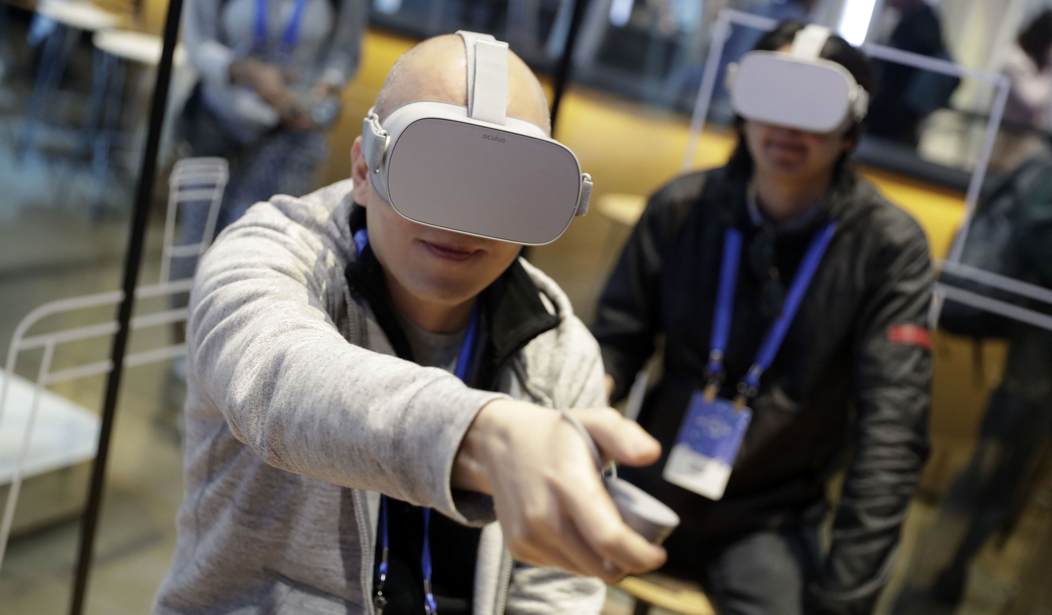In the 1980s, the pseudoscience of "cryonics" was all the rage among the fabulously wealthy. Freeze your body at the moment of death and wait for science to develop a cure for whatever ailed you.
The idea was featured in the first season finale of Star Trek: The Next Generation. Three humans were found frozen in a capsule launched in the 21st century before a nuclear war wiped out much of humanity. All three only needed "minor" surgery to repair the damage.
The episode took liberties with the entire idea of freezing humans and waking them up later. They neglected to point out that at the moment of freezing, every cell in the human body explodes due to ice crystals expanding the cell membrane.
People are still handing over tens of thousands of dollars to charlatans who claim they have solved the problem of cell rupturing. Save your money and concentrate your energies on living as long as you possibly can.
Today, people have other options to keep their loved ones alive in more than just memory. Computer-generated "griefbots" and deepfake avatars can bring a loved one back to life, virtually speaking. This kind of chatbot has been around since the turn of the 21st century.
But what would it be like to hear your dead husband or child's voice and see his mannerisms, the way he talked to you, and see a virtual representation of his physical form?
This is what virtual reality programmers are working on in order to help people suffering from prolonged grief disorder, "a diagnosis that has been applied to individuals whose grief severely interferes with their daily functioning for at least a year," Zoe Cunniffe writes in Nautilus.
Therapy for this kind of grief used to include the "empty chair technique," where patients would imagine their loved one sitting in an empty chair across from them while the patient had an imaginary conversation with them.
“One of the major risks I see is that the potential use targets individuals who are already suffering from severe psychological and existential pain,” says Silvia Pizzoli of Italy's Pegaso University.
“If we give these people the possibility to meet again [with] the beloved one,” she explains, “maybe we are disturbing the natural, painful process of grief.”
Francesco Fanti Rovetta is co-author of a recent paper on VR grief technology.
Drawing from a large body of grief research, Rovetta’s paper proposes that virtual reality could improve existing grief therapies by getting around this resistance, requiring less of the patient’s imagination. But Rovetta and colleagues also caution that the technology must be used carefully and only in supervised clinical contexts. Someone in the throes of profound grief risks getting attached to a realistic avatar of a loved one who is gone, which could result in the delusion that the person is still alive.
Rovetta compares this to another kind of imaginal relationship: children’s bonds with imaginary friends. “As long as the child knows the imaginary companion is imaginary, this is pretty much adaptive,” he says. “When the child starts believing that the imaginary companion is actually real, then it can turn into a maladaptive behavior.”
There are other risks as well. The bereavement may be so profound that the grief-stricken develop an "ambiguous attitude" to the idea that their loved one is gone.
Similarly, a bereaved person must remain aware that the person in front of them is a simulation—something the illusion of presence can make difficult to achieve. In combination, these two effects can cause the bereaved person to develop an “ambiguous attitude” toward the death. The person is aware that the death occurred at a cognitive level but still has an overpowering impulse to deny it.
VR has been effectively used to treat PTSD and extreme anxiety. But once in the clinical setting, there are no laws that could keep the technology from being marketed to the general public.
Will the widespread use of virtual reality templates using AI to animate the image of a loved one become a reality? The market is there. All that's needed is an entrepreneur to bring it to a store near you.










